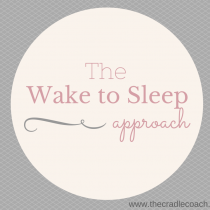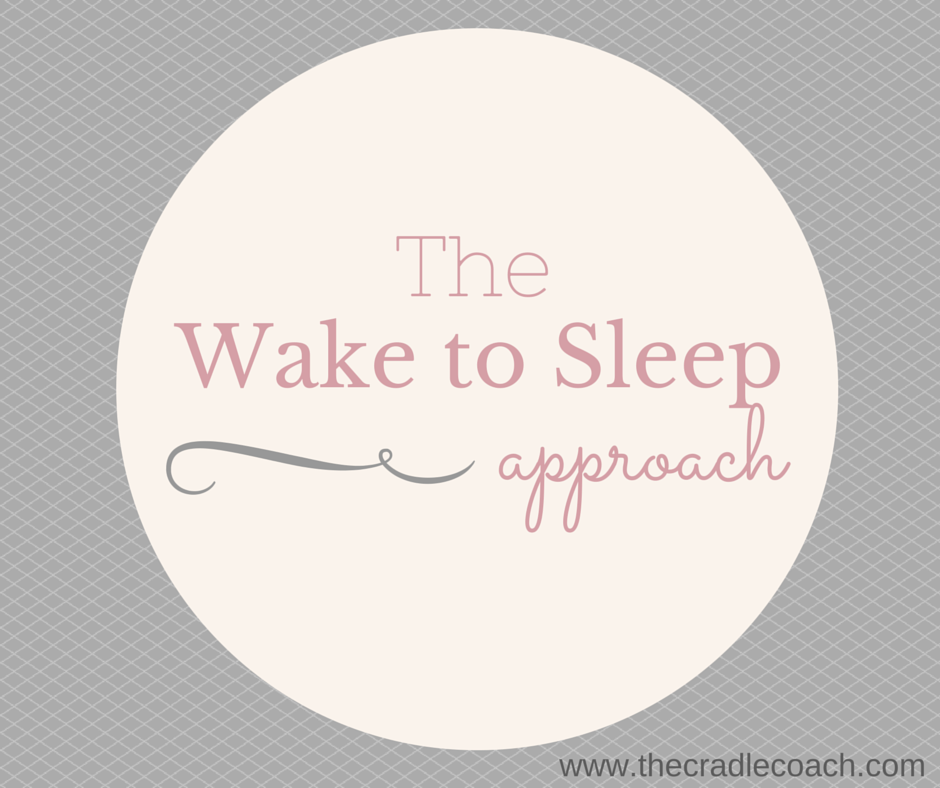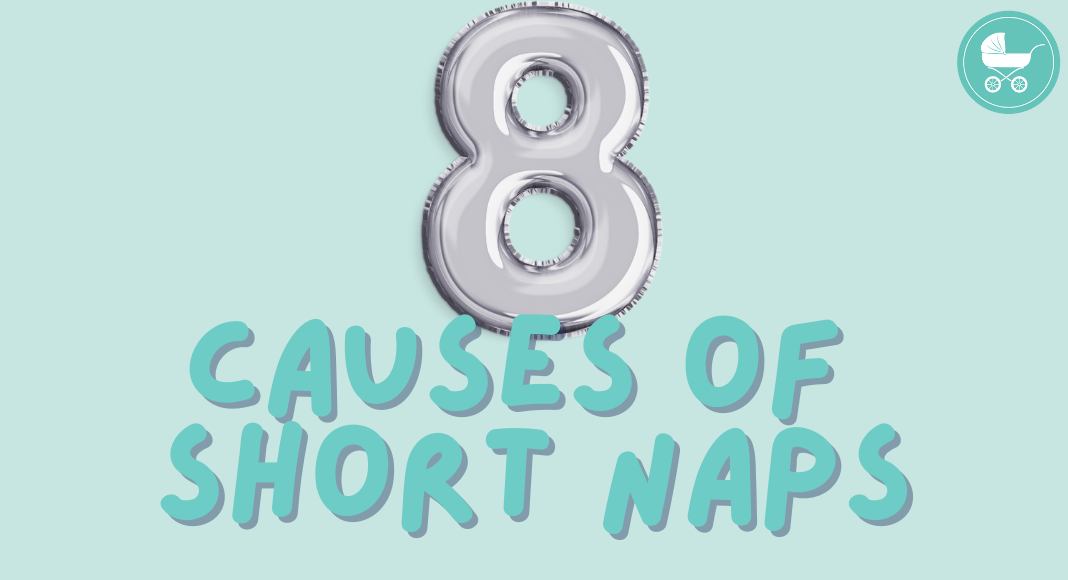
March 26, 2015
It’s pretty common to hear a parent say that their child wakes consistently after taking a 30 minute nap. Or that a toddler is fighting his sleep and wakes early in the morning each day. One of the most common techniques we use to help combat this habitual wake-up is the “wake to sleep” approach. […]
The “Wake to Sleep” Approach
It’s pretty common to hear a parent say that their child wakes consistently after taking a 30 minute nap. Or that a toddler is fighting his sleep and wakes early in the morning each day. One of the most common techniques we use to help combat this habitual wake-up is the “wake to sleep” approach. This technique is purely magic! The method created by Tracy Hoagg, the author of one of our favorite sleep books Secrets of the Baby Whisperer: How to Calm, Connect, and Communicate with Your Baby, not only works well with so many different types of scenarios but can be used for both babies and toddlers.
How to use the “wake to sleep” approach at night or for early morning wake-ups:
How the “wake to sleep” method works is that you start off by setting your alarm one hour prior to your child’s habitual early morning or night wake-up. So if your child is waking up at 4:45am every morning, you would enter the room at 3:45am and start the technique. The purpose of this method is to not wake your baby but gently have them move, sigh, or stir into a lighter cycle of sleep. You can either try touching them ever so gently (if you have a deep sleeper) or if your child is an extremely light sleeper, opening the door to their bedroom may just do the trick. You don’t want your child’s eyes to open, and you definitely don’t want them to wake up. This gentle stir will put your child into another sleep cycle, allowing them the opportunity to sleep past their habitual wake time. Do it one time and if nothing changes, wait a minute and try again. Once they stir, you can walk out and see if they wake an hour later. In the meantime, cross your fingers and pray they keep sleeping :).
How to use the “wake to sleep” approach during naps:
If you have a child that wakes early from their naps, the best way to use this method is to start off by going into your child’s room 10 minutes before they tend to wake up. Gently rub their cheek or head until your baby BARELY stirs and then you let go. The goal again isn’t to wake your baby up; it’s to gently stir them in their sleep. If you aren’t sure if your baby moved, wait a minute or two and try it again. If your baby does wake up after being stirred, you can try doing the wake-to-sleep approach a few minutes earlier for the next nap. You really have to experiment with the timing as each child is different.
Whether you are trying the approach during the night or for your child’s naps, give this technique 3-5 days in order to see results! It’s definitely not fun to set your alarm during the night, but the results over time will be worth the pain.
Get instant access to our free sleep class for children from newborn to 5 years old. You will learn how to get your child to sleep independently -- and all through the night!
Get Your Child To Sleep All Night Long in as Little as 7 Days!
join the free class
THE CLASS



